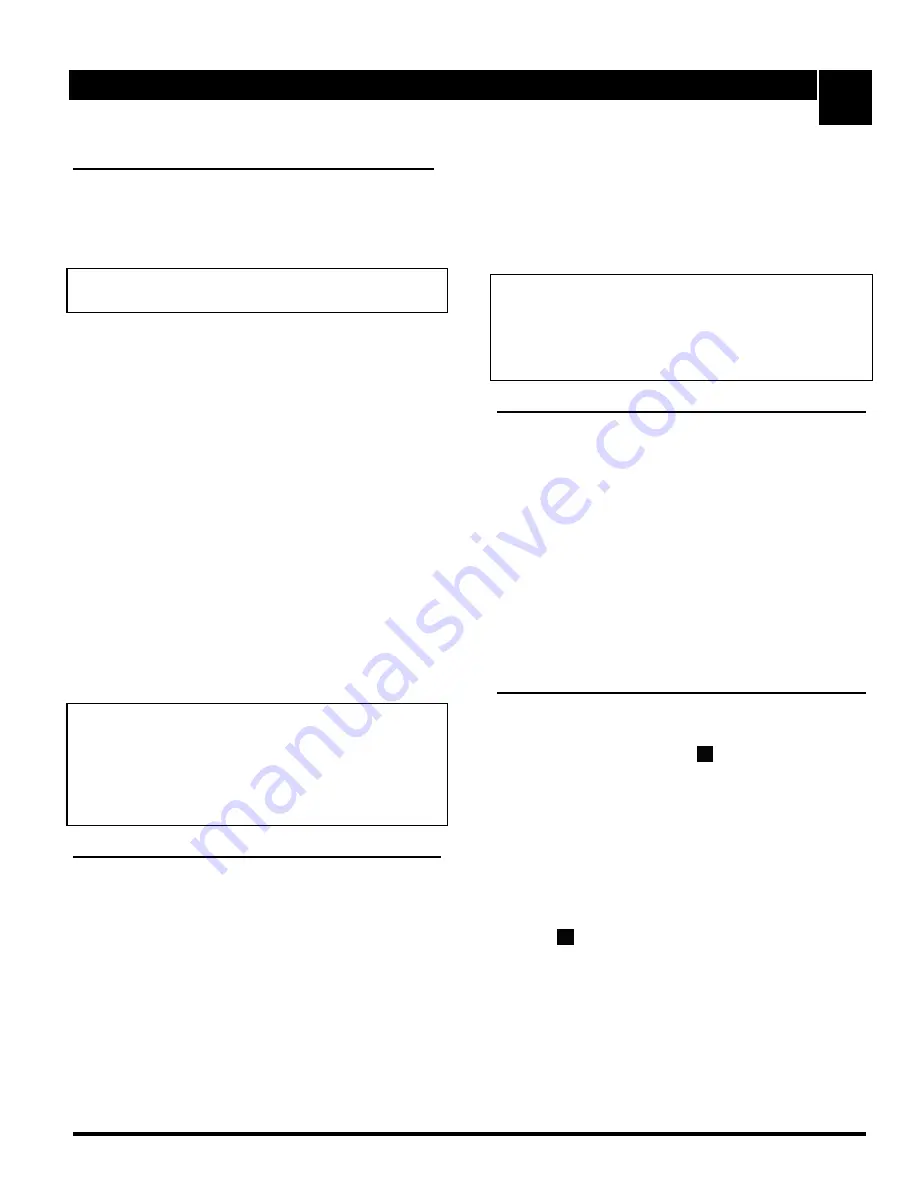
T
OTAL
P
AC
®
3
F
IRE
C
YCLE
®
III
Page 1 of 2
Integrated Fire Protection System
A
General Section - Deluge System - F
IRE
C
YCLE
®
III Release
FM-076A-0-32A
1- General description
This
T
OTAL
P
AC
®
3
F
IRE
C
YCLE
®
III
integrated fire protection
system by
F
IRE
F
LEX
Systems Inc. consists of a cycling
deluge system trim totally pre-assembled, pre-wired and
factory tested. All electrical and mechanical components
of the system are contained in one single unit.
Note:
Skid units include the trim components only and must
be wired by the installing contractor.
The only connections required for installation are the water
supply inlet, the water discharge outlet, the main drain, the
F
IRE
C
YCLE
®
detection network, the electrical trouble,
supervisory and alarm connections, as well as the AC
power line for the release control panel. The discharge
outlet is connected to a fixed piping network. Water is the
extinguishing agent.
Deluge system with
F
IRE
C
YCLE
®
III
release uses open type
sprinklers and/or spray nozzles on the system piping
network. The
F
IRE
C
YCLE
®
rate compensated temperature
detector on detection network is installed in parallel with
the system piping network and is designed to totally flood
an area with pressurized water. Detection system gives
an alarm signal when it operate.
Deluge system is designed so the flow control valve will
open when a
F
IRE
C
YCLE
®
detector on the detection
network activates. When the flow control valve opens,
water will flow into the system piping network and out of all
open type sprinklers and/or spray nozzles.
The
T
OTAL
P
AC
®
3
F
IRE
C
YCLE
®
III
deluge system allows the
discharge cycle to stop after a preset delay when all
F
IRE
C
YCLE
®
detectors had returned to their normal
condition.
Note:
Every
T
OTAL
P
AC
®
3
F
IRE
C
YCLE
®
III
unit is identified
with its unique serial number. This number is located on
an adhesive label inside the main door panel and is used
to maintain a record in our computerized data base. Have
this serial number handy when calling for information on
your unit (format is TOT3#### or TOTS#### for skid
units).
2- Listings and approvals
In addition to being fabricated under tight ISO-9001
manufacturing and quality control procedures, your
T
OTAL
P
AC
®
3
F
IRE
C
YCLE
®
III
unit has also been tested and
approved by recognized laboratories.
Here is the list of Listings & Approvals it meets:
- Underwriters Laboratories Inc. (UL): Deluge
T
OTAL
P
AC
®
3
systems are UL Listed under "Special System Water
Control Valves -
Assembled Units, category
# VKYL.EX4641" and "Assembled Units Certified for
Canada, Category # VKYL7.EX4641 (c-UL)".
- Factory Mutual Research <FM>: Deluge
T
OTAL
P
AC
®
3
systems are FM Approved under the heading: "Automatic
Water Control Valves" when installed with specific
components.
- OSHPD pre-approval OSP-0341-10 (optional).
WARNING
Any unauthorized modification or addition made
on-site to a factory built Listed unit will void this Listing.
Such modifications or additions may void the unit's
warranty as well. Consult your nearest
F
IRE
F
LEX
Systems
authorized distributor before proceeding with such
modifications or additions.
3- Applicable standards
The
T
OTAL
P
AC
®
3
F
IRE
C
YCLE
®
III
complies with the
following standards:
- NFPA-13 Sprinkler Systems
- NFPA-15 Water Spray Fixed Systems
- NFPA-16 Foam-Water Sprinkler and Foam-Water Spray
Systems
- NFPA-72 Fire Alarm Systems
Before installation, the contractor installing the unit shall
also be familiar with the following documents and
standards:
- Applicable Local & State Building Codes
- Any additional requirements of the Local Authority Having
Jurisdiction
4- Environment
T
OTAL
P
AC
®
3
F
IRE
C
YCLE
®
III
unit shall be installed in a dry
and clean location. Verify that all equipment is properly
heated and protected to prevent freezing and physical
damage. Refer to section
E
CONTROL SECTION
for
environment data.
The unit and its components must be kept free of foreign
matter, freezing conditions, corrosive atmospheres,
contaminated water supplies, and any condition that could
impair its operation or damage the components.
The frequency of the inspections and maintenance will
vary depending on these environmental conditions as well
as the condition of the air supply to the system. The owner
is responsible for maintaining the fire protection system
and devices in proper operating condition. Refer to
section
B
MECHANICAL SECTION
for maintenance
instructions.






















